What Every Parent Should Know About EarWell Infant Ear Correcting

What are Infant Ear Deformities?
Some babies, when they are born, might have their ears shaped irregularly, and this is what is referred to as baby ear deformities. Such deformities can be corrected in the hospital without surgery. The treatment of the ear deformities should be done in the early days of the new-born to achieve desired results quickly. It is recommended so because, during this time, the ear cartilage of the baby is malleable or soft. The EarWell Correction System is a nonsurgical solution used for babies with ear deformities.
The EarWell® Infant Ear Correction System
This is a device that is used to correct infant ear deformities without the need of the child to undergo surgery. Dr. Steve Byrd invented it, and its developer was the Bacon Medical Premium Medical Devices. It is a device that has been designed to provide excellent results to the child and pose fewer effects or risks to the baby.
When should I Consult with an EarWell® Physician?
It is crucial to seek consultation with an EarWell Physician just after birth. This will help in identifying the type of ear deformity that your child has, and immediate actions can be taken to manage the condition. Most of the ear deformities result from the wrong position of the baby’s ear while in the uterus. Also, the mentioned time of consultation is a perfect one because the baby’s muscles and cartilages are still soft, so if they have the deformities, correcting them will be more comfortable and cheaper. Moreover, the physician will be in a position to also identify other conditions such as the possibility of the child having hearing loss or developmental delays.
Normal Anatomy of the Infant Ear (Pinna or Auricle)
Talking of the anatomy of the baby’s ear, let’s have a look at the pinna or the auricle. This is the outer part of the ear that mainly collects sound. The external ear of a baby has soft and pliable cartilage. The auditory canal or the ear canal is where the sound travels, and it ends at the tympanic membrane, commonly known as the tympanic membrane.
What are the Types of Infant Ear Deformities and Malformations?
Infant ear deformities can manifest themselves in the following ways:
- Microtia: A very small or absent external ear characterizes this type of deformity.
- Anotia: This is when an infant is missing one or both ears.
- Protruding Ears: When one or both of the outer ears protrude from the side of the head more than 2 cm, usually due to excess cartilage.
- Lop ears: Also referred to as cup ears, this is when the upper curvature of the outer ear is unfurled.
- Ear Tag: Also known as accessory tragus and its characterized by a cartilage or skin bump in front of the ear.
Schedule a Consultation
Talk with the specialists in Denver, Lone Tree, or Castle Rock, Colorado at Associates of Otolaryngology to learn more about EarWell and infant ear deformities.
Associates of Otolaryngology, or, AOO | ENT Specialists of the Rockies has been serving multiple generations of families across the Denver Metro area since 1969. Our group of board-certified surgeons has been providing award-winning treatment and exceeding patients’ expectations with our specialized ENT services for over fifty-five years.
Thanks to our exceptional providers, we are an all-encompassing, comprehensive ENT practice. Our expert team of specialists includes general ENT surgeons, head and neck surgeons, sleep, sinus, and allergy specialists, and facial cosmetic and reconstructive surgeons. In addition, our team of providers is supported by doctoral-level audiologists, physician assistants, and nurse practitioners.





